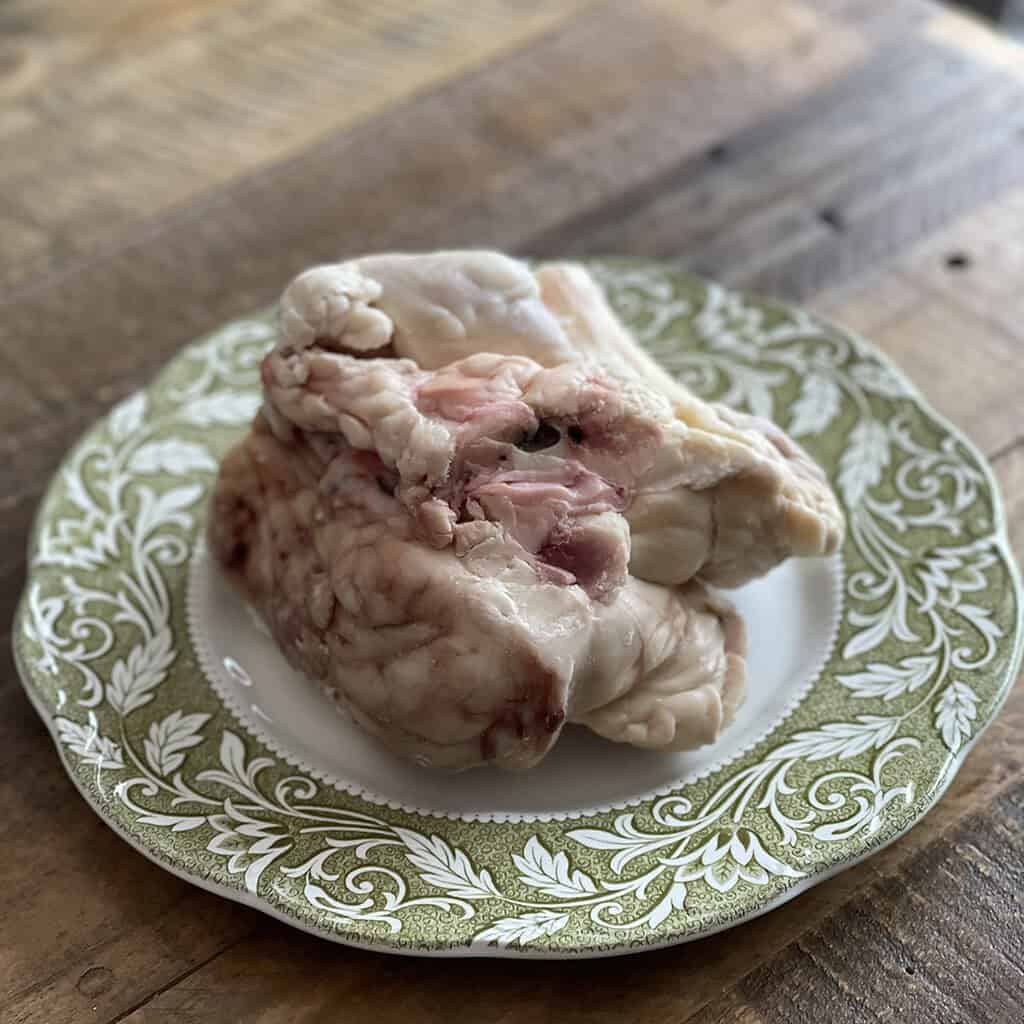
Sourcing Quality Grass-Fed Fat
Tallow, the rendered fat of animals, has a rich history of use for various purposes. In this detailed guide, we will walk you through the process of making tallow in your home kitchen and explore its diverse applications. From tallow lotion to modern culinary dishes, tallow offers a wide range of benefits.
Locating High-Quality Grass-Fed Fat
Prior to starting the tallow-rendering process, it is essential to find high-quality grass-fed fat. Unlike regular grocery stores, you will need to visit a butcher or search online for specific fat types like suet or leaf fat. Suet, found around the kidneys of cows, and bone marrow tallow provide unique variations.
Opting for Nutrient-Dense Fat
Choose nutrient-dense fat from grass-fed animals for superior quality. Local farms that sell directly to consumers or online suppliers like Seven Sons (a grass-fed farm in Indiana) are excellent options. For convenience, pre-rendered grass-fed tallow is also available for purchase online, skipping the initial rendering stage.
The Tallow-Making Process
Suet, in its natural form, contains water and impurities like veins, ligaments, and meat fragments, reducing its shelf life. The goal of rendering is to separate the pure fat from these impurities by heating the suet. This results in a creamy-colored substance known as tallow.
In your home kitchen, there are two primary methods for rendering tallow: the Stove Top Method and the Oven Method. Both methods involve chopping the suet into approximately 1-inch cubes to expedite the rendering process.
Rendering Tallow Using the Stove Top Method
The Stove Top Method is a quick way to make tallow but requires constant attention for about an hour, with a risk of overheating. Follow these steps:

- Place chopped suet into a large pot.
- Set the stove to medium-high heat.
- Use a cooking/candy thermometer to monitor the fat's temperature (around 250-degrees Fahrenheit is ideal).
- Initially, stir continuously while the fat melts.
- As the fat reaches 250-degrees Fahrenheit, it will boil and bubble.
- Stir the pot every 5-8 minutes while monitoring the temperature.
- Observe impurities like ligaments and veins separating from the fat.
- Towards the end, the meaty bits will fry and darken.
- Turn off the heat after an hour and let the fat cool slightly.
- Strain through a paper towel-lined strainer to remove impurities.
- The result is pure rendered tallow, similar in consistency to butter, suitable for storage at room temperature.
—————————————————————————————————————————————————————————————–
By: Creek
Title: How to Make Tallow from Beef Fat: A Comprehensive Guide
Sourced From: willowhavenoutdoor.com/how-to-make-tallow/?utm_source=rss&utm_medium=rss&utm_campaign=how-to-make-tallow
Published Date: Sat, 25 Nov 2023 17:20:30 +0000

